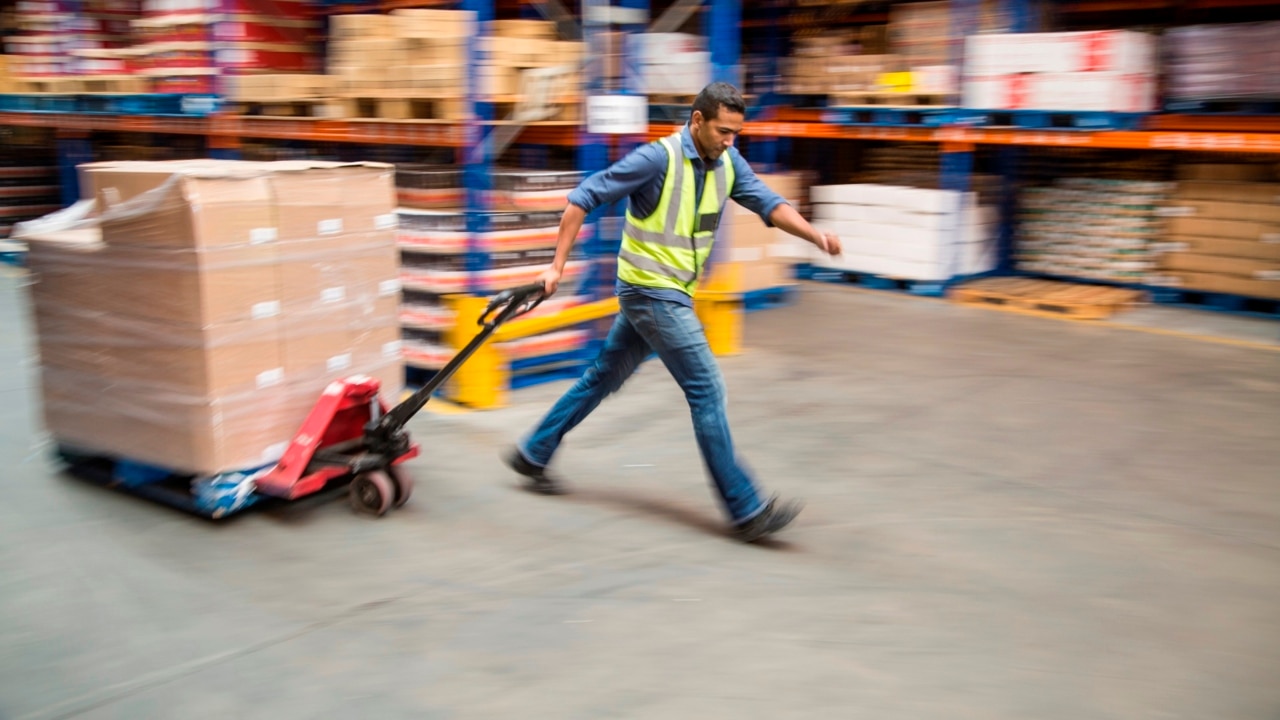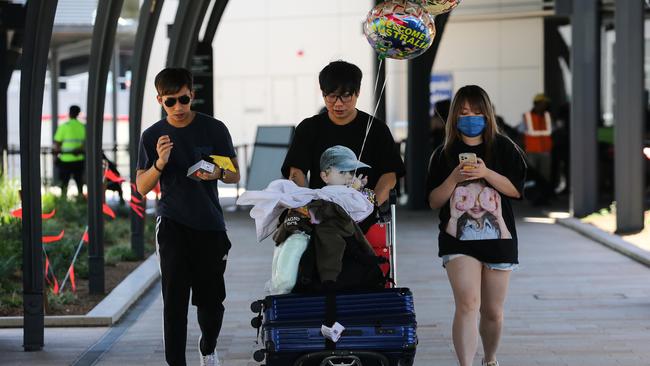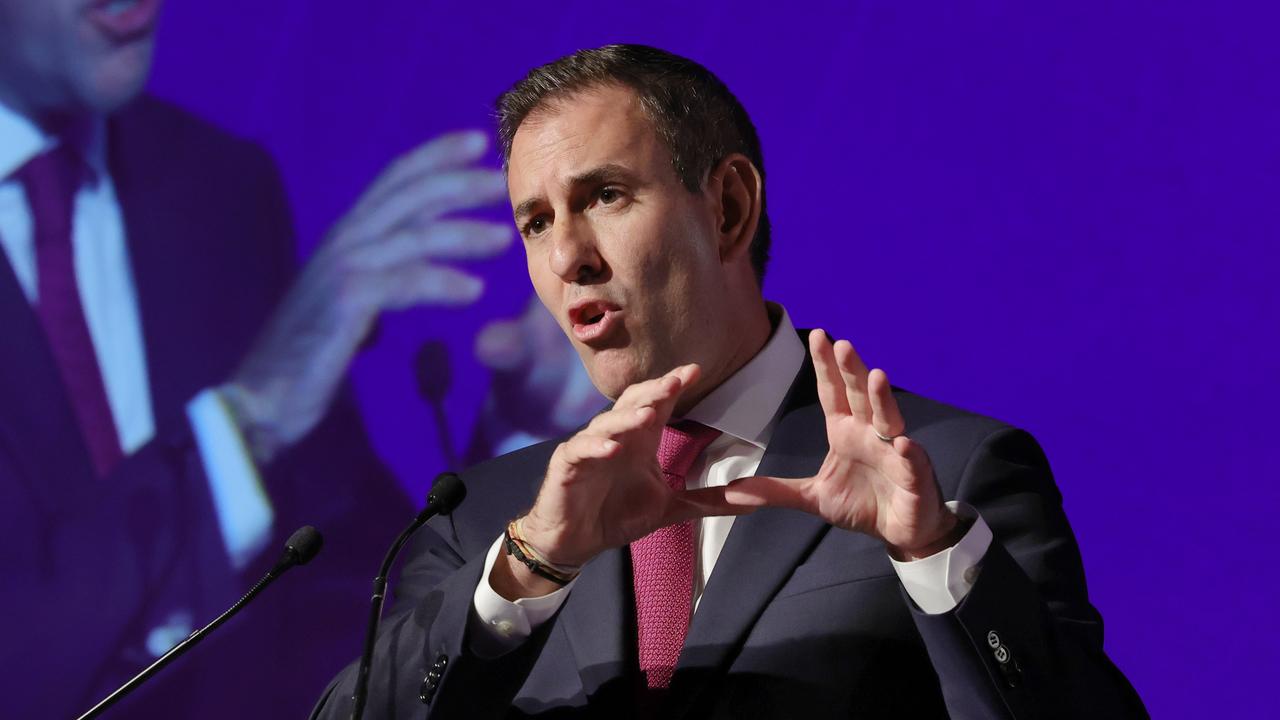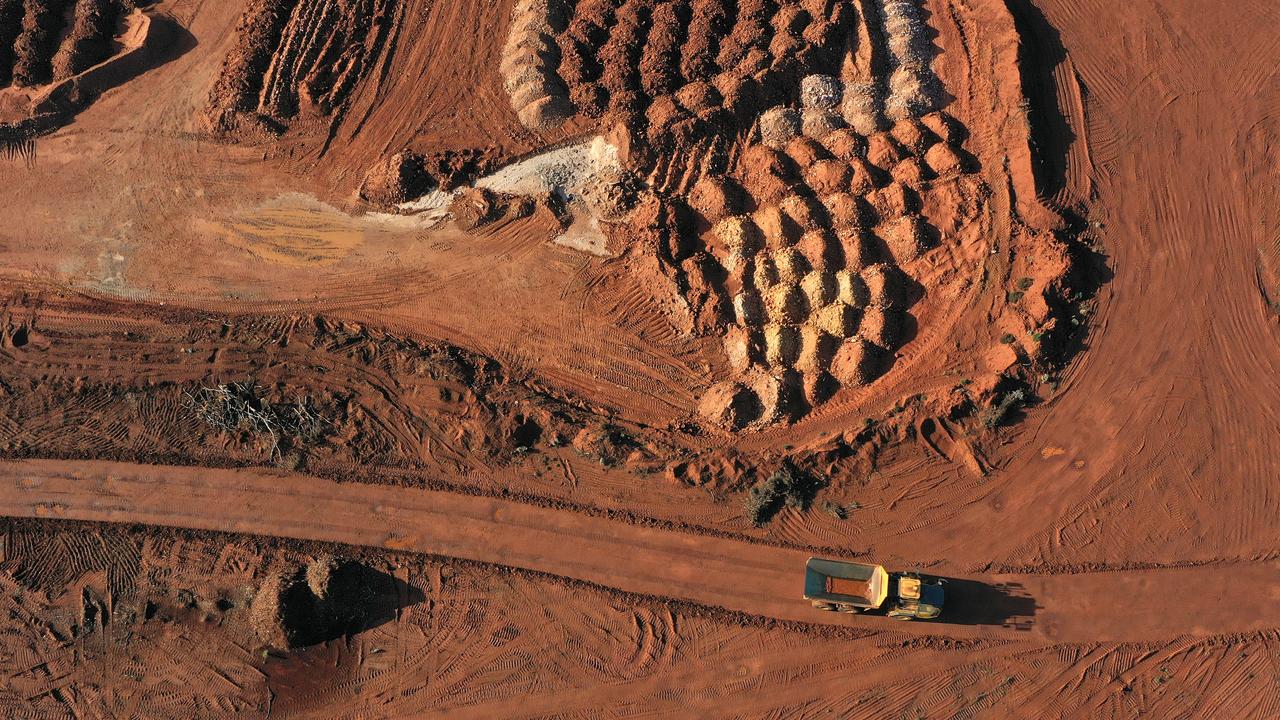The economy is getting over its Covid-19 problems

Today, economic normalcy sneakily returns. Yet those same “genuises” now dub that risky! They see fear – false evidence appearing real. Ignore them. Instead, cheer – celebrate hidden examples of equilibrium returning. It is a hugely bullish force hiding in plain sight. Let me show you.
Yes, 2020s shutdowns wreaked havoc and accelerated some real changes. They turbocharged online commerce and delivery services. Work from home, too, which may never fully revert. Australia’s national average office occupancy, while up from year-ago doldrums, sits at just 71 per cent of pre-Covid levels. Even employers favouring a return to the office admit hybrid work seems “here to stay”. That stirs commercial real estate uncertainty – but also potentially reduces firms’ long-run real estate costs.
Regardless, many of the stressors once feared permanent have vanished. Consider travel. Sure, Australian tourism lags pre-pandemic levels. But October arrivals jumped 45 per cent, year on year. Tourism Research Australia sees new record highs by 2025. US air passenger volume tops 2019’s. The Global Business Travel Association finds corporate travel spending accelerating above expectations. It should top pre-Covid levels in 2024. Now, this remains below pre-pandemic tourism growth trendlines – where it would be if Covid never happened. But it utterly disproves claims of scary paradigm shifts. Cheer!
Elsewhere, Covid-era supply chain chaos evaporated. The New York Fed Global Supply Chain Pressure Index plunged to the lowest-ever stress level in May. While Australian firms reported some November supply constraints, US manufacturing supplier delivery times plunged. Shipping costs nosedived, too. The Shanghai Containerised Freight Index is down about 80 per cent from January 2022’s high, mirroring global trends.
“Just-in-time” manufacturing is back, supplanting the “just-in-case” Covid mindset that drove inventory gluts. So, please, cheer the old normal’s return.
Backlogs at Port Botany and other major global hubs? Gone, amid global reopening. DP World Australia’s November cyber attacks didn’t create massively feared supply snarls, either. While headlines lament drought reducing daily Panama Canal crossings, backlogs more than halved since late November and thinned dramatically since the summer. These – plus the RBA, US Federal Reserve and other global central banks ending their wildly off-base monetary responses to Covid – underpinning inflation’s slowing. Cheer it!

Pundits morph other old normal milestones into outright negatives – classic pessimism of disbelief. Many shriek “plunging” personal savings rates in America and Australia reveal tapped-out consumers. No. Look deeper.
US personal savings peaked at a bloated 26.1 per cent of post-tax income in March 2021 – dwarfing today’s 3.8 per cent. But lockdown-era savings spikes were hugely anomalous – from America dishing out “stimulus” payments while lockdowns limited spending options. From 2000 through 2019, US personal savings rates averaged 5.2 per cent. During America’s 2002-07 bull market, it averaged 4 per cent. Today’s rates are only a smidge lower – understandable, given consumers built big cash cushions during the pandemic. More normalcy. Cheery!
Australian pundits fret about household saving ratios falling further – to 1.1 per cent quarter-on-quarter from Q2’s 2.8 per cent. That is far below Q2 2020s booming 24 per cent rate – and the lowest since 2007. But Australian household net worth hit an all-time high in Q2 (most recent data) with Covid-era built-up savings still elevated.
Money supply? Australian M3 grew a healthy 4.5 per cent year-on-year in October – yet bears sweat over US M4 (America’s broadest monetary measure) shrinking since December 2022. Normally, I might worry, too. But central bankers’ insanely opening monetary fire hoses while lockdowns restricted businesses wasn’t normal. It spurred rampant inflation. A minuscule US M4 pullback – down 1 per cent year-on-year through October – signals sanity’s return. Cheer it all!
China? Headlines herald impending doom for your biggest trade partner, harping on real estate worries, slowing manufacturing and construction. Reality? Q3 GDP grew 4.9 per cent, year on year. Analysts still expect 5.2 per cent full-year 2023 growth. In 2019, China grew 5.9 per cent as its huge economy matured. This year merely rejoins that trendline. Cheer it with an old normal high-five! (They are back, along with handshakes.)
One big difference since 2019: interest rates. But fundamental forces like inflation’s slowing suggest US and Australian yields’ parallel post-October plunges are no fluke. Maybe we won’t revisit the past decade’s super-low rates. Fine. Stocks and economies have risen with very comparable rates to today through most of history – the very old normal.
2019’s old normal wasn’t perfect. No period ever is. But markets don’t need perfection to rise – just “good enough” to relieve fear. The old normal delivered that previously. So cheer its return now!
Ken Fisher is the executive chairman of Fisher Investments.







Recall the so-called “new normal” that 2020s experts said Covid had given us. Spending patterns were hopelessly distorted. Travel wrecked forever. The world would never be the same, they said. Even handshakes and hugs were supposedly history. Ha!